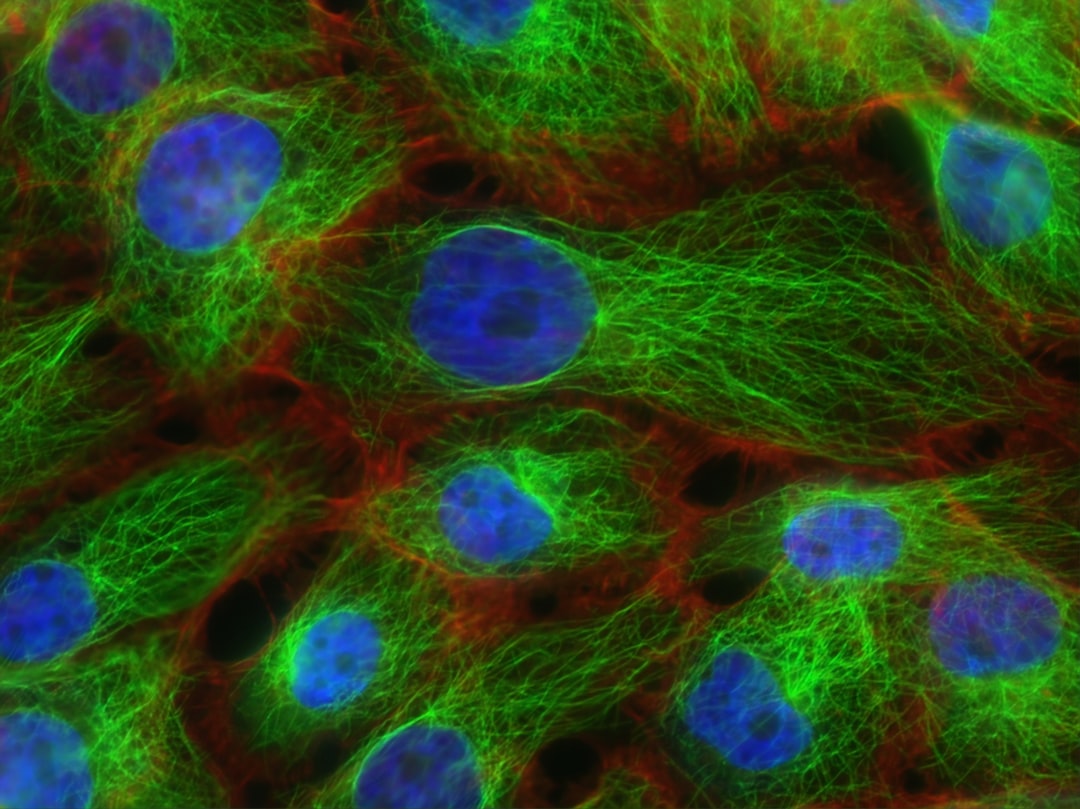What is it about?
Drylands cover approximately 41% of the Earth’s land surface and support more than 38% of the global population. Global dryland ecosystems with high biomass turnover rates have accounted for approximately 40% of the global land net primary production (NPP), dominated the positive global land CO2 sink trend, and contributed the largest fractions to the interannual variability (IAV) of net CO2 flux over recent decades. While drylands are expected to expand and become more arid at an accelerating rate over the next century, the implications of this expansion and degradation for variability in their gross primary production (GPP) remain elusive. Our research is the first to quantify the impact of the accelerated dryland expansion under future climate change on the productivity of drylands. In addition, such expansion and conversions among different subtypes of drylands will lead to large changes in regional and subtype contributions to variability in global dryland productivities.
Featured Image

Photo by Bernard Hermant on Unsplash
Why is it important?
This work improves our understanding of the impact of accelerated dryland expansion on the productivity of drylands. Dryland expansion and climate-induced conversions among sub-humid, semi-arid, arid, and hyper-arid subtypes will lead to substantial changes in regional and subtype contributions to global dryland GPP variability.
Read the Original
This page is a summary of: Accelerated dryland expansion regulates future variability in dryland gross primary production, Nature Communications, April 2020, Springer Science + Business Media,
DOI: 10.1038/s41467-020-15515-2.
You can read the full text:
Contributors
The following have contributed to this page










